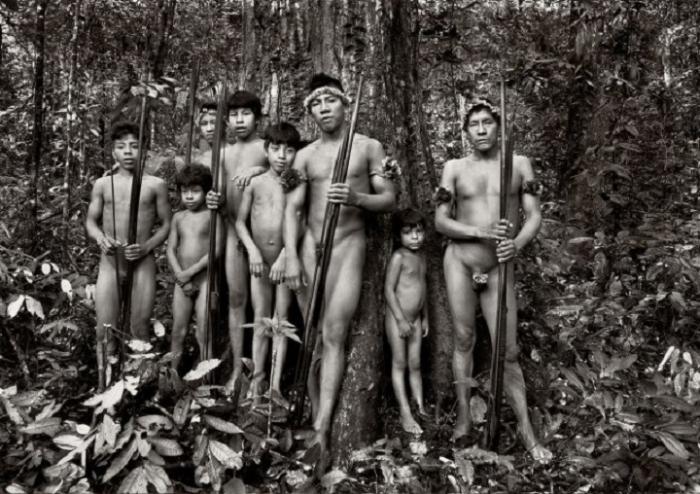In a recent issue, five scientists document 324 species of amphibians and reptiles in Guyana, South America. Fifteen percent of these species are presently not known elsewhere in the world, and several are endangered or critically endangered. These facts emphasize the importance of documenting the world’s biodiversity as an important first step in understanding how to best preserve it.
In a recent issue, five scientists document 324 species of amphibians and reptiles in Guyana, South America. Fifteen percent of these species are presently not known elsewhere in the world, and several are endangered or critically endangered. These facts emphasize the importance of documenting the world’s biodiversity as an important first step in understanding how to best preserve it.
These data came to light during a larger project to document diverse tropical flora and fauna of Guyana, a country with varied habitats and a long geological history.
Never before has documentation on any large animal group of Guyana been undertaken. This publication will serve both as a field guide for identifying the country’s amphibians and reptiles and as a timely scientific inventory on the state of knowledge of these vertebrate groups. In addition, this work is useful for identifying selected amphibian and reptilian species in nearby areas of Brazil, Suriname, and Venezuela.
Guyana is an ideal country for studying biodiversity. Compared to the amphibian and reptilian faunas of many other countries, those of Guyana are mostly untouched. Also, Guyana presents diverse climates for study—cool and moist isolated highlands on mountaintops, hot and humid lowland Amazon rain forest, drier tropical savannas, major freshwater rivers, and Atlantic beach. Areas of about 2.5 km2 of lowland rain forests can support more than 130 species of amphibians and reptiles, whereas in comparable areas of highlands fewer than 30 species occur. In this 20-year investigation, no two sites studied were identical in species composition.
This publication contains keys for identifying representatives of the species known to occur in Guyana and brief annotated accounts of most of its species. The accounts provide the current scientific name, original name, some outdated names used in the recent past, type specimens, type localities, general geographic distribution, examples of voucher specimens from Guyana, coloration in life (often accompanied by a color photograph), and comments pointing out interesting subjects for future research. It will be an invaluable tool for future studies in many scientific and other disciplines.
Full text of the article “Amphibians and reptiles of Guyana, South America: illustrated keys, annotated species accounts, and a biogeographic synopsis,” Proceedings of the Biological Society of Washington, Volume 125, Issue 4, 2013, is available at http://pbsw.org/doi/full/10.2988/0006-324X-125.4.317





